Being a new parent isn’t easy. Between feedings, changing diapers and running errands, parents barely have a spare moment to breathe. Combine that with the countless how-to parenting books and articles that are thrown at them on a daily basis, and it’s easy to see how caregivers can feel unsure about their parenting skills and if they’re doing enough. In reality, there is a simple, painless solution that can fit into an already packed daily routine to make sure a baby’s brain is growing big and strong: talking to your baby!
Just as healthy food nourishes a growing baby’s body, Language Nutrition nourishes a baby’s brain. The number of loving words a baby hears in the first three years of life makes a big difference. Quantity and quality of nourishing language, like healthy food, is critical to brain development.
Here are five things you should know about talking to your baby:
- Your baby is actually a genius. A baby’s brain grows super-fast. During the first three years of life, the brain undergoes its most dramatic development, forming more neural connections in those years than at any other time period in their lives. When this early development is not nurtured, the brain’s architecture is adversely affected and young children fall behind in their development and learning. Language is developed through social communication, as well as verbal, so be sure to use eye contact, make facial expressions, smile, and gesture while you talk with your baby. By the time a child enters kindergarten, those who heard lots of loving words have double the vocabulary of children who didn’t hear as many words.
- Use “parentese.” Infant-directed speech, known as parentese, is a proven approach to speaking that serves to get and keep the baby’s attention. Parentese involves a melodic tone and higher pitch with short, simple sentences. It exaggerates vowels and consonant sounds, which enhances the differences between sounds. This exaggeration helps babies distinguish speech sounds more easily.
- Limit screentime. Avoid using TV, digital games or audio recordings for language development. These techniques do not have the same benefit as adult-child language interactions.
- Speak your home language. Proper Language NutritionTM is about a valuable exchange between caregivers and babies. The most authentic exchanges happen in the language caregivers are comfortable speaking. Infants actually have an innate capacity to acquire two languages and can easily separate the sounds of each language. Home languages provide a foundation for learning English, because many skills developed in the first language transfer to the second. In fact, research also shows there are many developmental benefits to speaking more than one language, including cognitive advantages. For tips on using Spanish visit http://www.talkwithmebaby.org/en_espanol.
- Quality, not just quantity. It’s not just how many words a caregiver speaks, but the quality of words spoken. Babies respond best to lots of loving words, including words of encouragement, praise and questions. Avoid using directives such as “no,” “stop” or “be quiet,” and instead use positive words while speaking in a happy voice. Additionally, make sure they hear plenty of new concepts and things that interest them, so their brains can make those neural connections earlier.
 https://riseandshine.childrensnational.org/wp-content/uploads/2024/07/baby-development-feature.jpg
300
400
webteam
https://riseandshine.childrensnational.org/wp-content/uploads/2017/11/childrens_riseandshine_logo.jpg
webteam2024-07-30 14:04:042024-07-30 16:04:57Is your baby’s growth on track?
https://riseandshine.childrensnational.org/wp-content/uploads/2024/07/baby-development-feature.jpg
300
400
webteam
https://riseandshine.childrensnational.org/wp-content/uploads/2017/11/childrens_riseandshine_logo.jpg
webteam2024-07-30 14:04:042024-07-30 16:04:57Is your baby’s growth on track?


 As the director of infant research at George Washington University’s Autism and Neurodevelopmental Disorders Institute, Ashley Darcy-Mahoney, PHD, FAAN, studies in infant health and developmental outcomes in high-risk infants with a focus on understanding the early brain and development trajectories in this population.
As the director of infant research at George Washington University’s Autism and Neurodevelopmental Disorders Institute, Ashley Darcy-Mahoney, PHD, FAAN, studies in infant health and developmental outcomes in high-risk infants with a focus on understanding the early brain and development trajectories in this population.

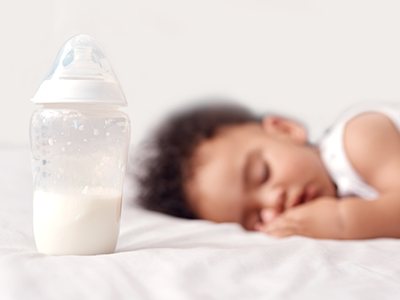
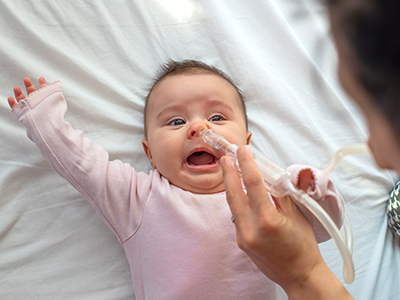

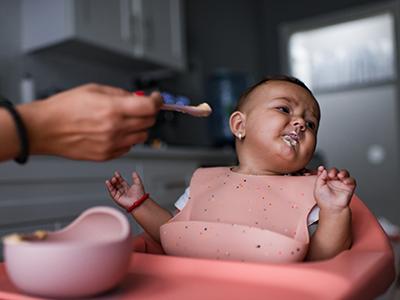
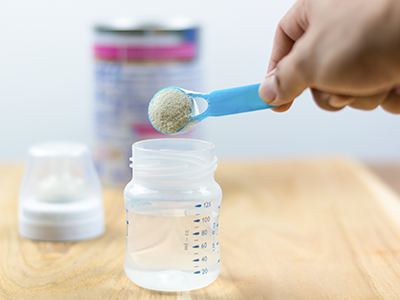
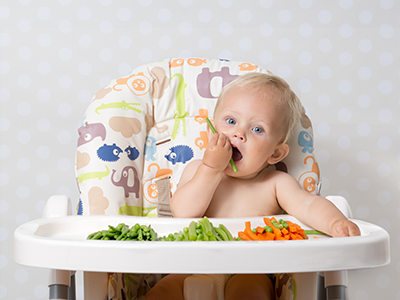
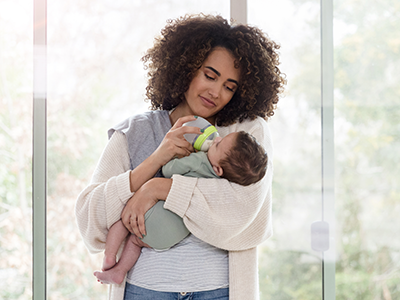
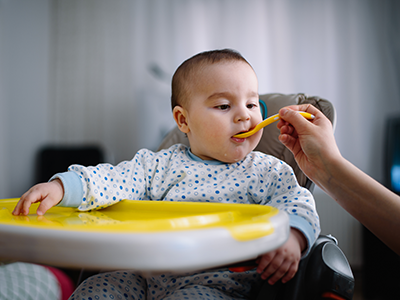
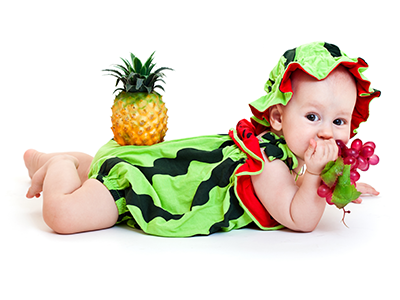

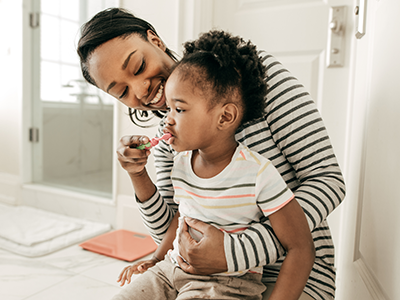
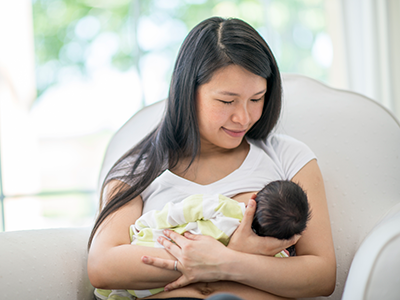

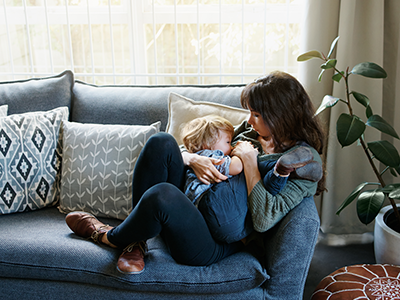


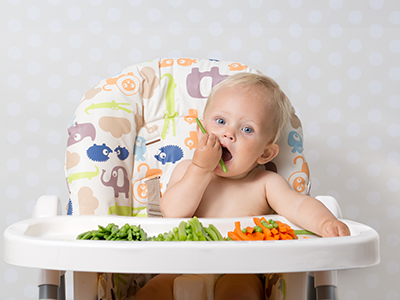
Leave a Comment
Want to join the discussion?Feel free to contribute!